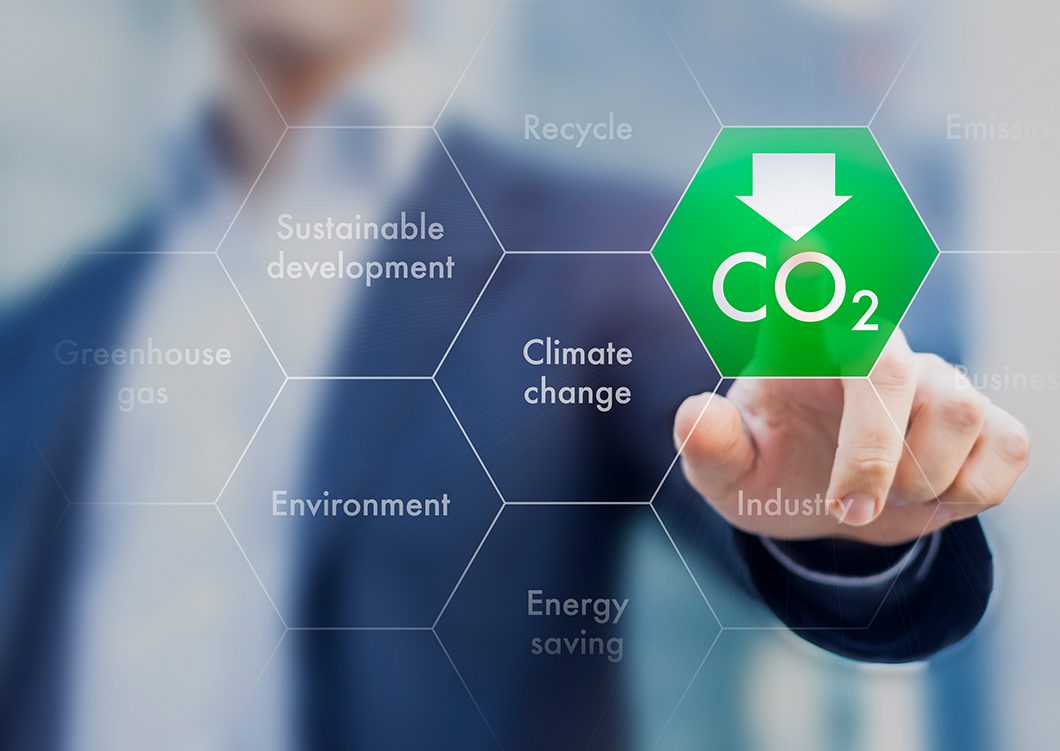Estimated reading time: 3 minutes
In the pursuit of combating rising carbon dioxide levels, researchers globally are exploring methods to harness this abundant gas for useful chemical synthesis. One promising avenue involves electrochemical conversion systems, yet their limited operational lifespan has hindered scalability. Addressing this challenge, researchers at Huazhong University of Science and Technology (HUST) in Wuhan, China, have achieved a groundbreaking breakthrough.
The Challenge of Limited Lifespan
Current electrochemical conversion systems exhibit a significant limitation—they cease to function effectively after mere hundreds of hours of operation. This issue arises from the accumulation of unwanted by-products, like carbonates, which degrade equipment efficiency and viability for large-scale deployment.
Novel Electrolyte Solution
Collaborating with the University of Auckland, New Zealand, researchers at HUST embarked on a five-year endeavor to surmount this obstacle. Their quest culminated in the discovery of an electrolyte capable of sustaining systems for over 5,000 hours—a feat unparalleled in existing methodologies. Impressively, this electrolyte, sourced from spent lead-acid batteries, demonstrated a remarkable 93% efficiency, marking a significant milestone in carbon dioxide utilization.
Leveraging Spent Lead-Acid Batteries
The innovative approach repurposes spent lead-acid batteries, addressing both environmental and technological challenges. Traditionally incinerated for lead extraction, these batteries now serve as a resource for efficient carbon dioxide conversion. However, initial attempts were thwarted by the corrosion of catalysts in the acidic battery environment.
Catalyst Innovation
Undeterred, researchers developed a corrosion-resistant catalyst, optimizing chemical reaction kinetics and stability. This breakthrough not only prolongs the lifespan of electrochemical systems but also enhances the productivity of spent lead-acid batteries, presenting a sustainable solution for their disposal.
Demonstrated Applications and Future Prospects
In a remarkable demonstration, the research team successfully synthesized formic acid from carbon dioxide—a versatile compound with applications spanning agriculture to fuel cells. Buoyed by this success, the team aims to expand its repertoire to include ethylene production, a pivotal chemical with widespread industrial relevance.
Conclusion
The achievement by researchers at HUST represents a paradigm shift in carbon dioxide utilization, overcoming the longstanding hurdle of limited electrochemical system lifespan. By ingeniously repurposing spent lead-acid batteries and innovating catalyst technologies, they pave the way for sustainable and scalable carbon dioxide conversion, offering a tangible solution in the global fight against climate change.





















Leave feedback about this